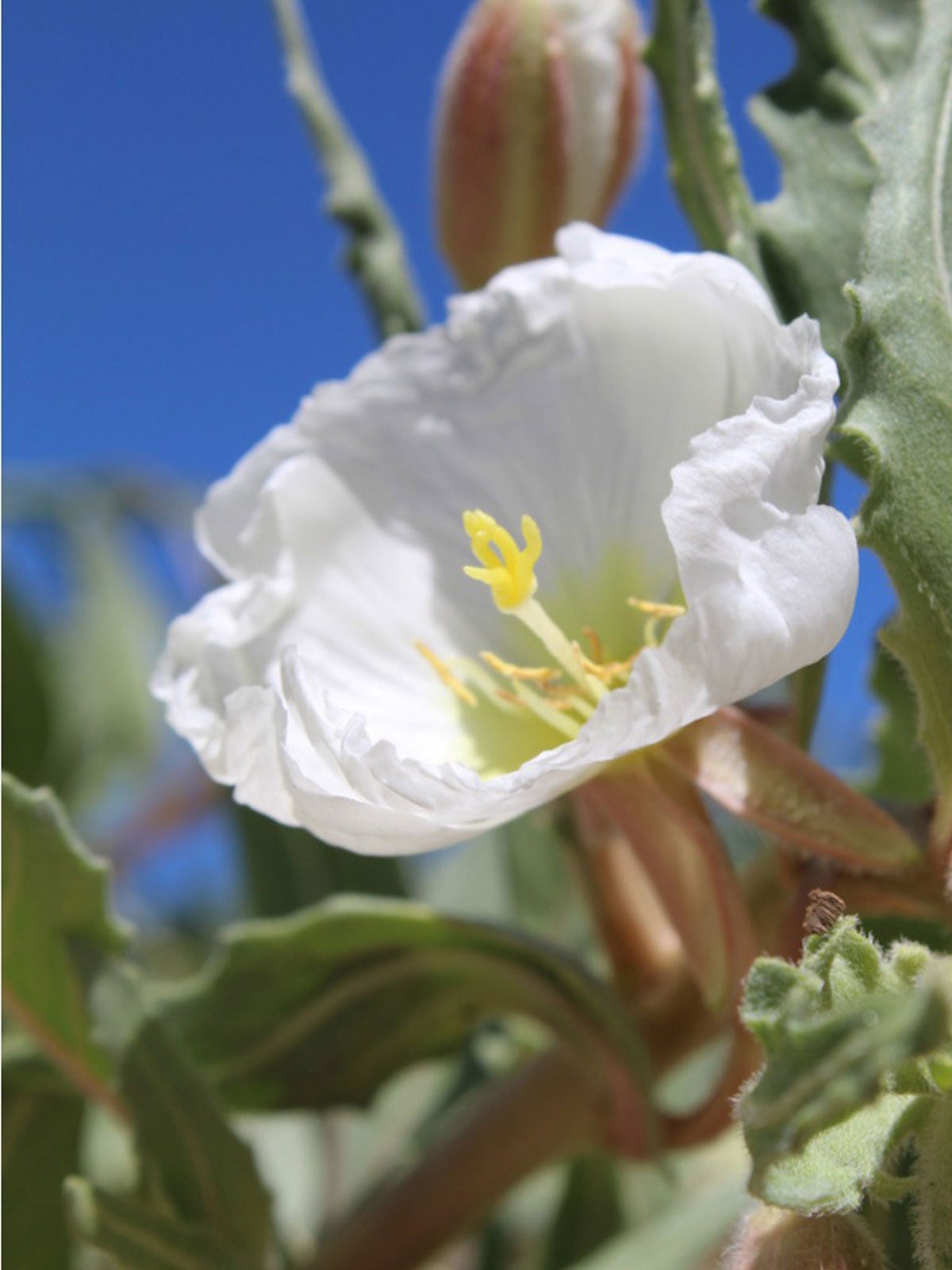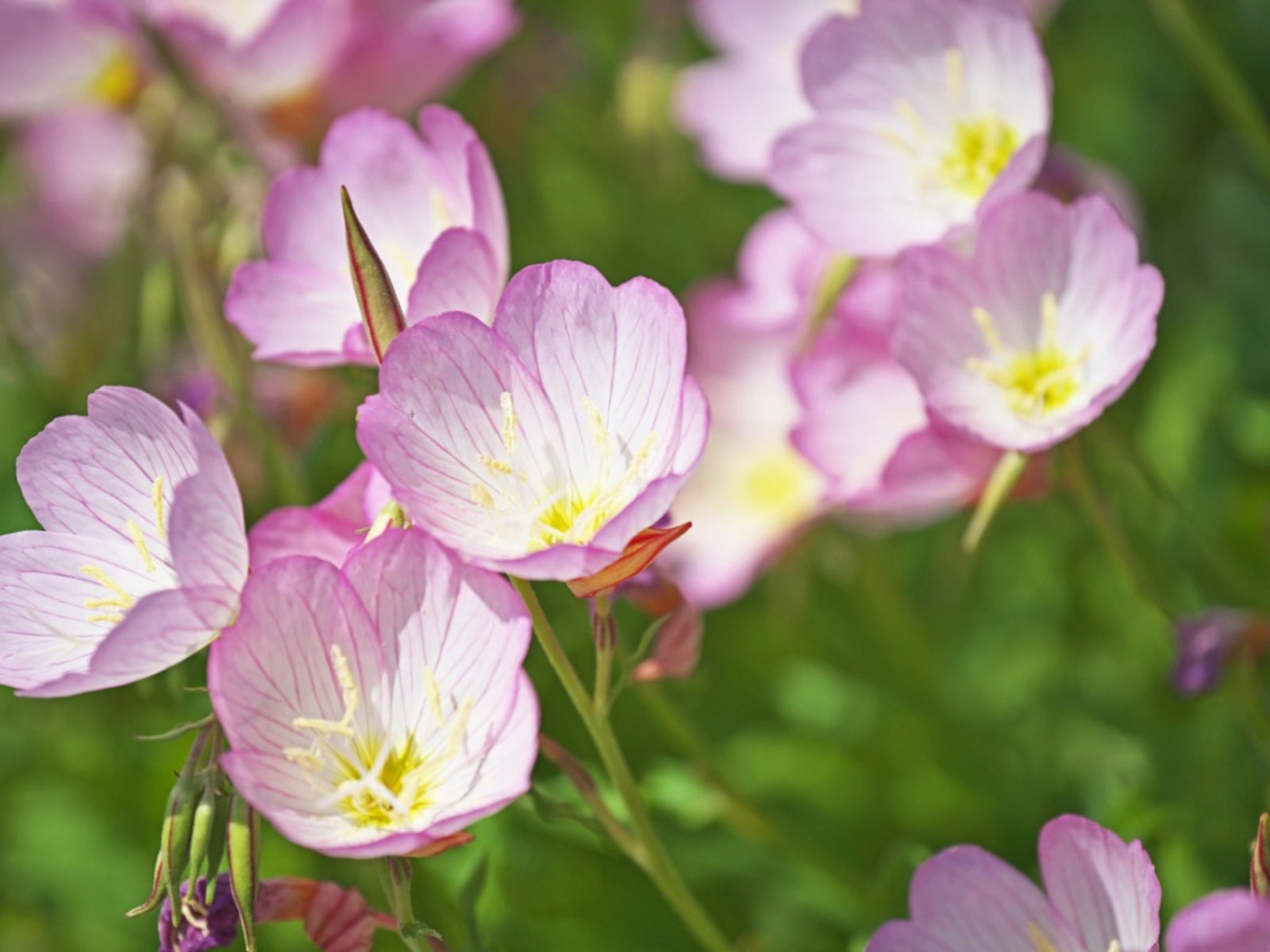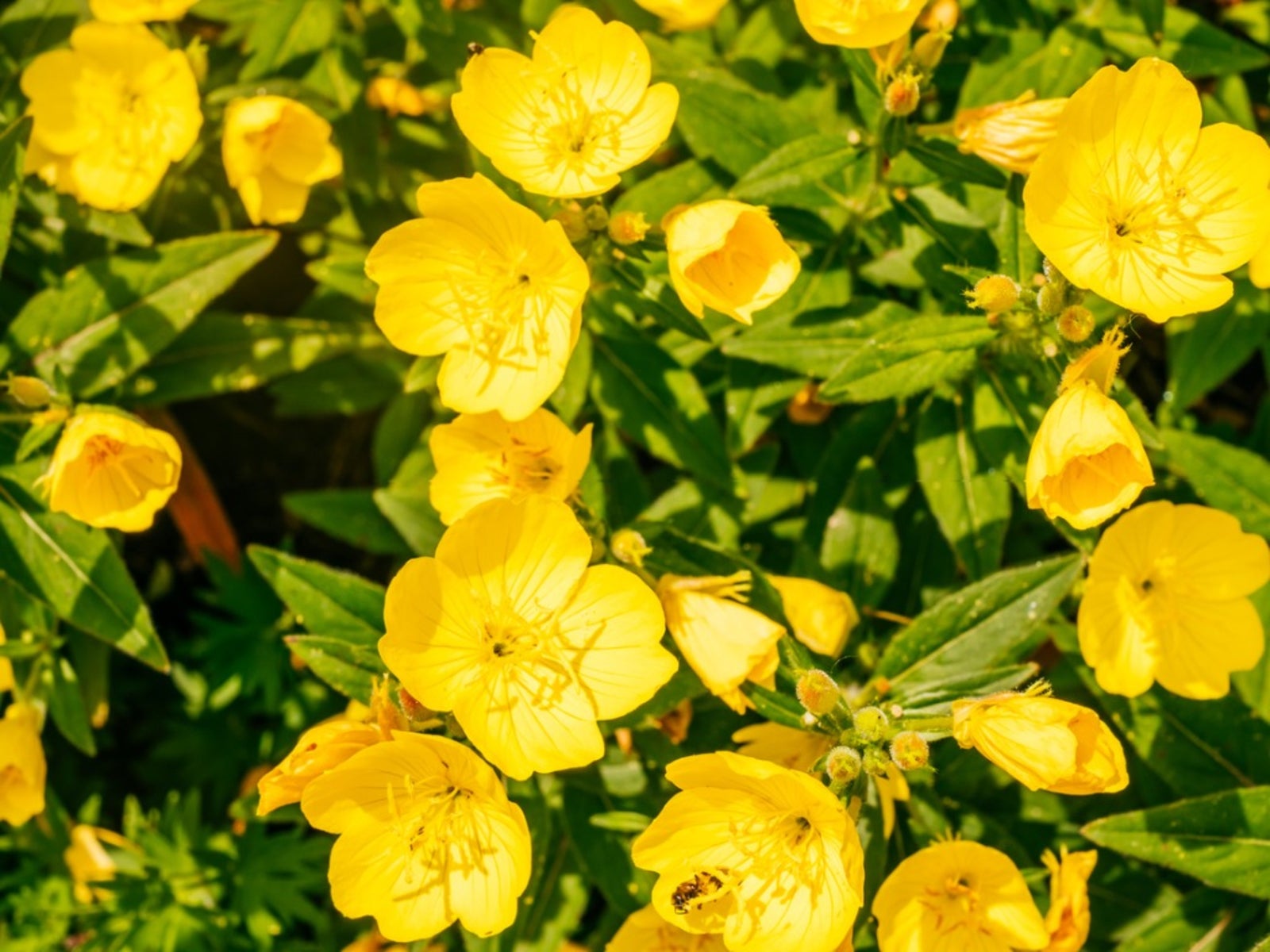Tufted Evening Primrose Care – Growing Evening Primrose Wildflowers


Often used in xeriscape gardens, tufted evening primrose plants (Oenothera caespitosa) follow the traditional blooming habit of other members of the family. Evening primrose wildflowers open their blooms in afternoon, stay open all night, and wilt away the next day. This provides a chance for nighttime feeders and pollinators to partake of the nectar.
Only long-tongued visitors can reach the nectar that deposits low in the flower. Hawk moths have the perfect size beak to reach it, and they fly at night. Other beneficial night-moving pollinators may take advantage of the open blooms. A moth garden, with a range of night opening blooms, can help keep them handily around your yard.
Growing Tufted Evening Primrose
Sources for this plant say it will grow in any location throughout the U.S. Large white blooms adorn the plant heavily throughout the summer in many areas. If you wish to grow it, seeds are available online.
It is native to the western part of the country, where it grows wild in infertile and poor soil. These areas are often sunny and dry. As such, tufted evening primrose care is moderate when growing them in your landscape.
Water occasionally to keep blooms coming all summer. Fertilization is not a necessity for performance and flowering of these evening primrose wildflowers. As a perennial, it returns each year. The plant often multiplies, so expect more to return and fill your beds. Grow it with other evening primroses, such as yellow primrose and pink primrose, for a beautiful blooming bed in early to late spring.
Tufted Evening Primrose Plants in the Landscape
If you wish to start a special bed to attract moth pollinators, fill it with the primrose and other blooms that are fragrant and open in the afternoon or at night, like the 4 o’clock flower. Night-time moth pollination is most prevalent in the southern regions because of warm evenings.
Other blooms that attract the moths are highly fragrant and have pale colored flowers. The Madonna lily and night-blooming jasmine (Cestrum nocturnum) are two more. Light colored flowers and heavy fragrance allow the moths to find them by moonlight. Some yucca plants draw these pollinators as well.
Gardening tips, videos, info and more delivered right to your inbox!
Sign up for the Gardening Know How newsletter today and receive a free copy of our e-book "How to Grow Delicious Tomatoes".
When growing tufted evening primrose from seed, plant them near the top of the soil and lightly cover. Keep the seeds moist until germination occurs. You may also be able to find tufted evening primrose plants at your local nursery or garden center too.

Becca Badgett was a regular contributor to Gardening Know How for ten years. Co-author of the book How to Grow an EMERGENCY Garden, Becca specializes in succulent and cactus gardening.
-
 Moody Blooms For Spring: 8 Types Of Black Flowers To Add Drama To Spring Displays
Moody Blooms For Spring: 8 Types Of Black Flowers To Add Drama To Spring DisplaysFrom midnight burgundies to inky violets, several types of black flowers can enrich and embolden a spring display. Try these brooding bloomers for a moody garden
By Tonya Barnett
-
 My Homemade Orchid Fertilizer Always Brings More Blooms – Here's The Easy Recipe That Transforms Plants
My Homemade Orchid Fertilizer Always Brings More Blooms – Here's The Easy Recipe That Transforms PlantsScientist-turned-gardener Mary Ellen Ellis shares her tried-and-tested DIY orchid fertilizer recipe, plus more ingredients to try for healthy, happy plants.
By Mary Ellen Ellis
-
 Controlling Mexican Primrose Spread – Tips For Getting Rid Of Mexican Primrose
Controlling Mexican Primrose Spread – Tips For Getting Rid Of Mexican PrimroseThough creating a profusion of pink blooms in borders, the invasive nature of Mexican primrose flowers often causes many growers to look for solutions in removing the plants. Click this article for more info on Mexican primrose control.
By Tonya Barnett
-
 Growing Pink Evening Primrose – How To Care For Pink Evening Primrose
Growing Pink Evening Primrose – How To Care For Pink Evening PrimrosePink evening primrose plants are showy when in bloom and make a good ground cover. These plants can also be aggressive, though, spreading rapidly and taking over perennial beds under certain conditions. Learn more about the plant in this article.
By Mary Ellen Ellis
-
 Yellow Evening Primrose Plant: Wildflower In The Garden
Yellow Evening Primrose Plant: Wildflower In The GardenYellow evening primrose is a sweet little wildflower that does well in almost any part of the U.S. As the name suggests, the yellow evening primrose blooms at night. Learn more growing info in this article.
By Caroline Bloomfield